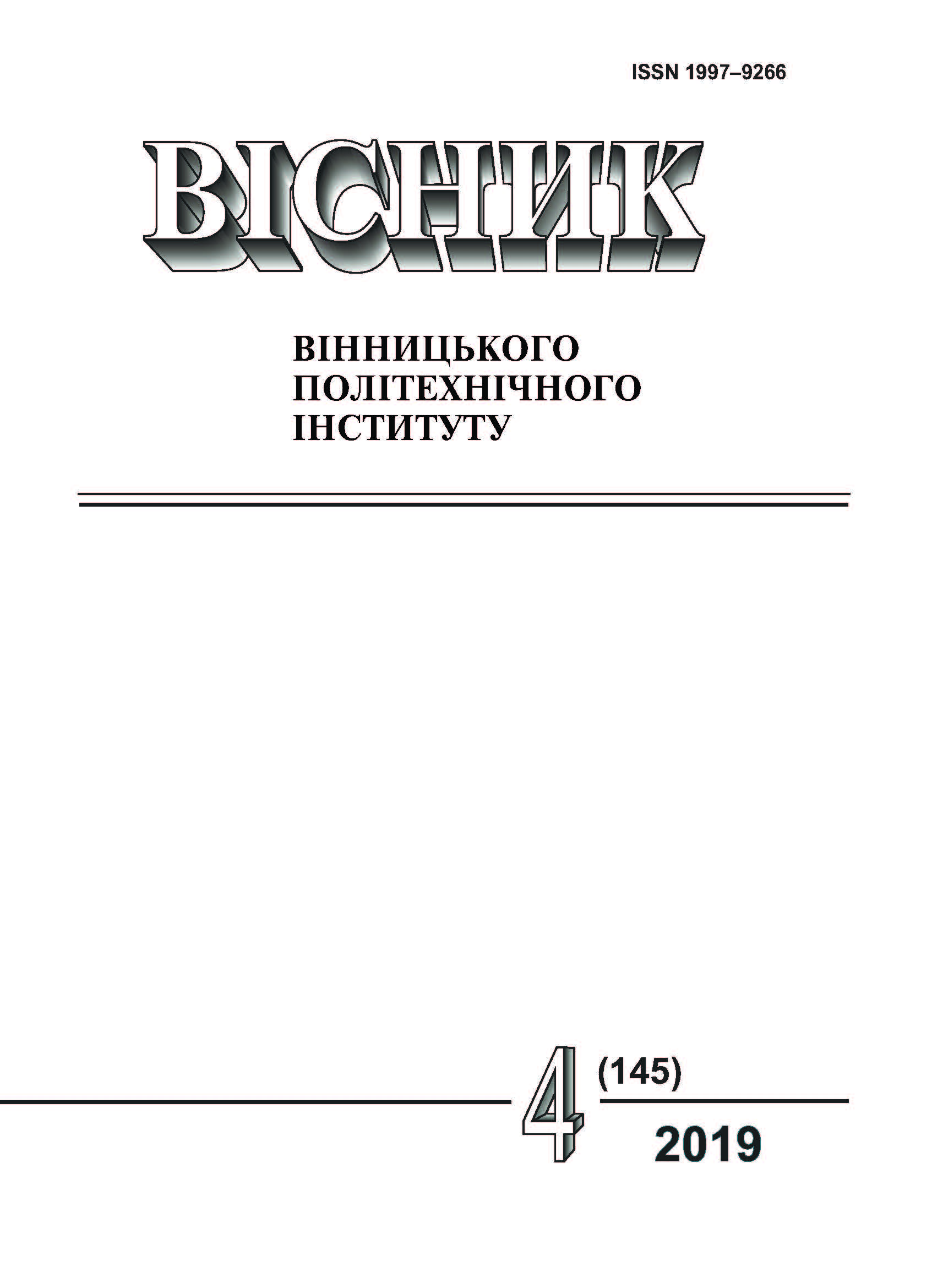Frequency Fluctuations of the Doppler Signal
DOI:
https://doi.org/10.31649/1997-9266-2019-145-4-94-99Keywords:
Doppler signal, mathematical model, frequency fluctuations, experimentAbstract
An estimate of the fluctuations in the frequency of filling the Doppler signal is an important task in the context of determining the components of the velocity vector of a carrier by a hydroacoustic log.
The mathematical model of the Doppler echo signal is analyzed from the point of view of the mechanism of its formation. The dominant influence on its carrier frequency of the partial signal corresponding to the axis of the antenna’s radiation pattern is substantiated. It is shown that in addition to the axial partial echo signal with high level, there are side partial echoes with different from "axial" frequencies, which, together with the axial partial echo signal, form the final Doppler echo signal arriving at the entrance to the receiver of the Doppler lag.
The results of experimental studies of Doppler signals are presented in the paper. They testify to the low level of fluctuations of Doppler frequency shifts, which creates prerequisites for a high potential accuracy of determining the components of the velocity vector of carrier. It is shown that the fluctuations of the carrier frequency of the Doppler echo signal, which directly determines the carrier velocity, are negligible. The results of the processing of the frequency arrays obtained during the operation of the lag with the bottom signals in the form of the mean square values of the fluctuations of the frequency of the Doppler signal are given. They show that the carrier frequency of the Doppler signal is quite stable not only within the echo, but also over the entire range of measurements. Graphical dependences of Doppler shifts on different rays of a Janus configuration are also presented. They allow us to estimate the results of measurements of frequency and its fluctuations in the Doppler signal at a qualitative level. The rather low errors of the measurement of Doppler frequency shifts, which were obtained at the same time, characterize the high metrological characteristics of the Doppler logs.
References
А. П. Мартынюк, «Дискретная модель эхо-сигнала доплеровского лага,» Гідроакустичний журнал. Проблеми, методи та засоби досліджень Світового океану, № 8, с. 45-57, 2011.
К. П. Львов и П. И. Малеев, «Возможные пути совершенствования малогабаритных доплеровских лагов,» Навигация и гидрография, № 26, с. 21-29, 2008.
С. Т. Барась, и О. В. Онищук, «Предварительная обработка и измерение частоты эхо-сигналов доплеровского лага,» Гідроакустичний журнал. Проблеми, методи та засоби досліджень Світового океану, № 8, с. 35-44, 2011.
А. А. Горшков, «Стенд для испытания доплеровского гидроакустического лага,» на 65-й Международной молодежной научно-технической конференции «Молодежь. Наука. Инновации,» Владивосток, 2017, с. 21-25.
B. Zhao, M. Blanke, and R. Skjetne, “Particle Filter ROV Navigation using Hydroacoustic Position and Speed Log Measurements,” in Proceedings of the American Control Conference, 2012, pp. 6209-6215.
В. И. Бородин, Г. Е. Смирнов, Н. А. Толстяков, и Г. В. Яковлев, Гидроакустические навигационные средства. Ленинград: Судостроение, 1983.
С. И. Баскаков, Радиотехнические цепи и сигналы. Москва: Высшая школа, 1988, 448 с.
С. Т. Барась, Прикладні аспекти побудови гідроакустичних допплерівських лагів. Вінниця, Україна: УНІВЕРСУМ-Вінниця, 2008, 241 с.
С. Т. Барась, «Методика експериментальних досліджень флуктуацій частоти допплерівського сигналу гідроакустичного лага в реальних умовах плавання,» Вісник Вінницького політехнічного інституту, № 4, с. 105-109, 2003.
Downloads
-
PDF (Українська)
Downloads: 202
Published
How to Cite
Issue
Section
License
Authors who publish with this journal agree to the following terms:
- Authors retain copyright and grant the journal right of first publication.
- Authors are able to enter into separate, additional contractual arrangements for the non-exclusive distribution of the journal's published version of the work (e.g., post it to an institutional repository or publish it in a book), with an acknowledgment of its initial publication in this journal.
- Authors are permitted and encouraged to post their work online (e.g., in institutional repositories or on their website) prior to and during the submission process, as it can lead to productive exchanges, as well as earlier and greater citation of published work (See The Effect of Open Access).





